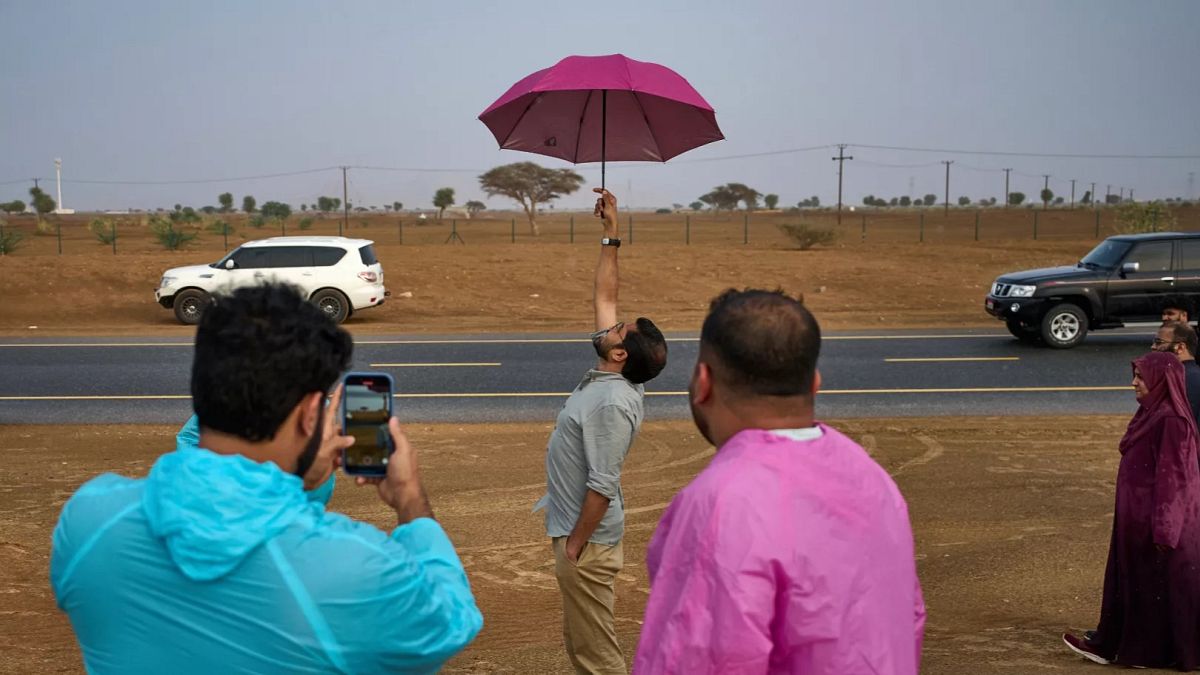

As the world grapples with the complex challenges posed by climate change, various regions are experiencing its impacts in unique ways. Balancing the needs for water, safety, and sustainability presents an intricate tapestry of challenges and solutions, as exemplified by recent developments in the UAE, Canada, and the United States.
In the United Arab Emirates, a country defined by its arid climate, water scarcity poses a perennial challenge. The UAE has invested in innovative approaches, such as cloud seeding, to mitigate this scarcity and instigate rainfall. While artificially induced rain offers a temporary reprieve to the parched landscape, it simultaneously underscores the region’s precarious relationship with natural resources. The delicate art of weather modification highlights the intricate balance between harnessing technology and safeguarding the environment from unintended consequences like flash floods, which can often follow these artificial rain events.
Meanwhile, in British Columbia, Canada, the grip of unprecedented heatwaves serves as a testament to shifting climate norms. Recently, the region broke the national temperature record for September, with temperatures soaring to a sweltering 40°C (104°F). This extreme heat marks the third time such temperatures have been witnessed in Canada during this typically cooler month. Such heatwaves not only challenge the infrastructure and resilience of communities but also amplify the urgency of scaling up adaptive measures to cope with these intensifying events.
In parallel, the increasing frequency of lightning-sparked wildfires presents a formidable challenge in other parts of the world. Recent studies indicate that the climate crisis will likely increase the occurrence of these wildfires, especially in remote areas. Fires ignited by lightning can rapidly expand into larger blazes, posing significant threats to public health and safety. The cascading effects of these fires contribute to deteriorating air quality and necessitate heightened vigilance in wildfire management and response strategies.
Collectively, these scenarios underscore the global imperative to cultivate resilience against climate extremes. Regions are called to not only innovate but also to collaborate on developing comprehensive strategies to mitigate and adapt to these evolving natural phenomena. This entails investing in sustainable practices, embracing technological innovations wisely, and fostering cooperative efforts across borders to address shared climate challenges.
As these diverse climate events unfold, they remind us of the interconnectedness of environments and the collective responsibility required to navigate the changing climate panorama. With mindful stewardship and strategic adaptation measures, societies can work towards a more harmonious coexistence with the natural world, ensuring stability and sustainability for generations to come.
Source: {link}
